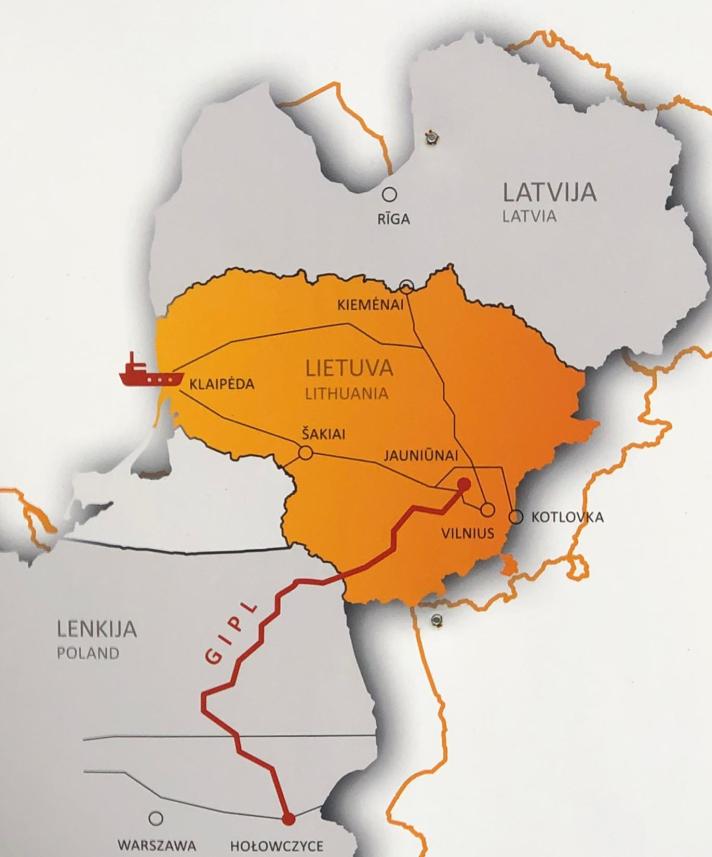The gas interconnection between Poland and Lithuania (GIPL) was formally commissioned today, boosting energy security in the region by connecting the Baltic and Finnish with the Polish markets. The interconnector already allows Lithuanian LNG to flow to Poland, which is so important in the current geopolitical context. The project strengthens the energy independence of the region and increases the possibilities of using the Klaipėda LNG terminal in Lithuania and the Świnoujście LNG Terminal in Poland.
With first flows through the pipeline having already started on 1 May 2022, the capacity to transport gas from Lithuania to Poland is expected to reach 1.9 billion cubic metres per year (bcm/year) in the next 5 months and gas transportation capacity from Poland to Lithuania will be 2 bcm/year. As a project of common interest (PCI), it is a key project supported by the EU’s Trans-European Networks for Energy (TEN-E) policy and has received EUR 266.3 million co-financing from the EU Budget (Connecting Europe Facility).
Attending the commissioning ceremony in Vilnius, EU Energy Commissioner Kadri Simson said:
Today’s interconnection is another step in helping this region to be fully integrated into the internal EU energy market, diversifying away from Russian gas. This has become all the more important following Russia’s unilateral decision to disrupt gas supplies to Poland and the decision of the Baltic States not to import Russian gas. Further elements for reducing our dependence on Russian fossil fuels will follow with the REPOWER EU package before the end of May.
Within the broader framework of the Baltic Energy Market Interconnection Plan, the GIPL project follows the completion of the Balticconnector and the Estonian-Latvian interconnector, which ensured the integration of Finland into the internal gas market. Further projects will follow in the region, such as the Baltic Pipe (due to come online in October), and the Polish-Slovak interconnector to be finalised later this year. Moreover, the expansion of the Latvian-Lithuanian interconnector is scheduled in 2023 and the upgrade of the Inčukalns underground storage in Latvia expected in 2025 will further increase the energy security in the region. EU infrastructure plans in the Baltic region also include the synchronisation of the electricity networks of the Baltic States with the rest of the EU, strengthening the internal grid infrastructure, improving interconnections and the integration of renewable energy in the region.
The Trans-European Networks for Energy (TEN-E) is a policy that is focused on linking the energy infrastructure in all parts of the EU through Projects of Common Interest (PCIs), based on nine priority corridors and three thematic areas. Examples of other projects include the Greek-Bulgarian Interconnector (IGB), due to be completed before the end of the year, and the floating storage and regasification unit for LNG at the northern Greek port of Alexandroupolis (where development was launched this week, due to start operations in 2023)
Related links
Details
- Publication date
- 5 May 2022
- Author
- Directorate-General for Energy
- Location
- Brussels

